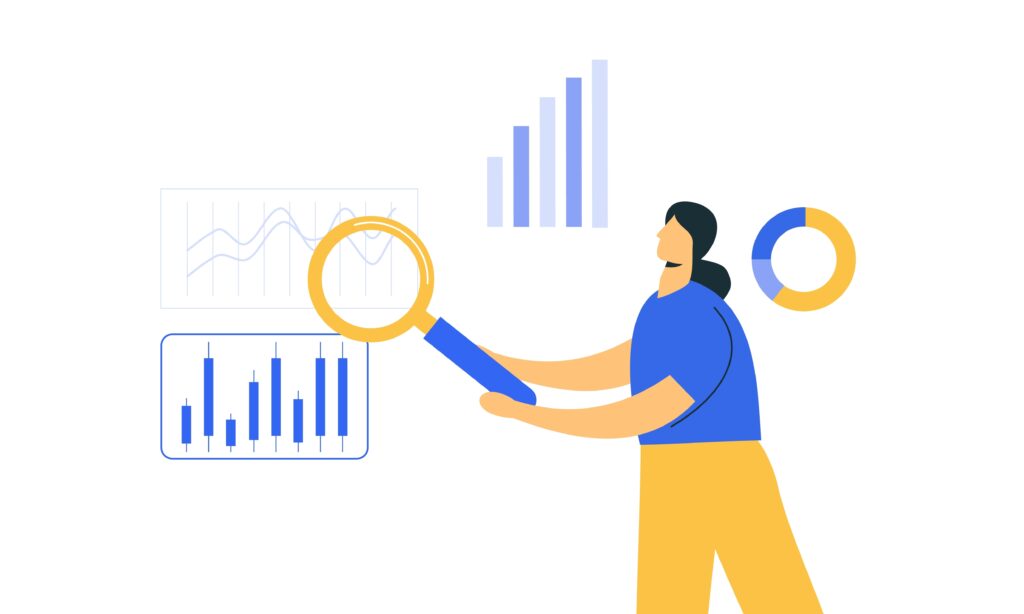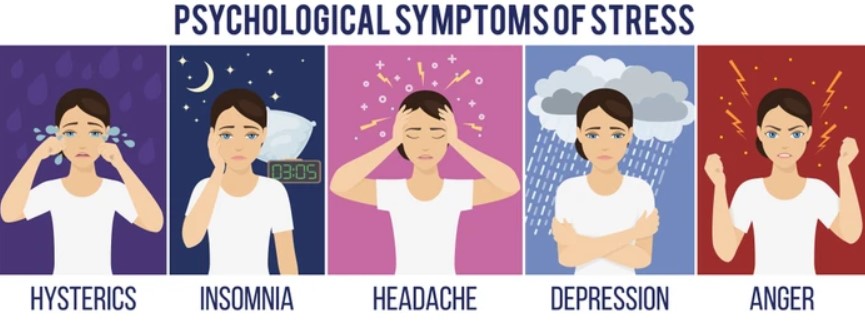Burn Bright, Not Out 
If you’re reading this article chances are you know burnout has become a common challenge for many professionals. Characterized by chronic stress, exhaustion, and a sense of detachment, it can really impact both personal well-being and job performance. However, it’s possible to be happy and excel in your career without succumbing to burnout. By adopting effective strategies and maintaining a healthy work-life balance, you can sustain your energy, passion, and productivity. Let’s explore practical tips and insights to help you burn bright, not out, ensuring success and fulfillment in your professional life.
The Components of Burnout
Burnout is more than just being tired. It’s a diagnosable state of emotional, physical and mental exhaustion brought on by long-term stress. According to Emily and Amelia Nagoski, authors of their book “Burnout: the Secret to Unlocking the Stress Cycle”, there are 3 main components of burnout: emotional exhaustion, lack of accomplishment and depletion of empathy.
- Emotional Exhaustion: This is the deep-seated fatigue that comes from prolonged stress, where you feel like you’ve been running on empty for too long. You might experience sleep disruptions, difficulty focusing, shifts in mood like increased anxiety or irritability, and even physical symptoms like headaches or dizziness.
- Lack of Accomplishment: An unconquerable sense of futility – feeling that nothing you do makes a difference. You’ll likely experience feelings of apathy and hopelessness, increased irritability, lack of productivity, and poor performance.
- Depletion of Empathy: The depletion of empathy, caring, and compassion. In this phase you’ll experience a host of negative consequences, loss of enjoyment, pessimism, isolation, detachment, and disconnection.
The Stages of Burnout
There are five stages of burnout. By understanding the stages and creating a sense of awareness, you can catch yourself before things get too bleak.
In the initial ‘honeymoon’ phase, you’re often excited and energized. But even then, small challenges can arise. That’s the perfect time to build healthy habits – like taking short breaks, setting realistic goals, and communicating openly. By doing this early, you can keep that positive momentum going.
The second stage of burnout starts with the realization that some days are more challenging than others. You might notice a decline in your optimism and begin to experience common stress symptoms that impact you physically, mentally, or emotionally. Symptoms can include a lack of social interaction, forgetfulness, general neglect of personal needs, job dissatisfaction, headaches, and grinding your teeth at night.
 As you sink deeper stress becomes chronic. This represents a significant shift in your stress levels, transitioning from motivation to experiencing stress almost constantly. Symptoms here include physical illness, cynicism, feeling threatened or panicked, increasing alcohol/drug consumption, resentfulness, and procrastination. It’s time to correct course.
As you sink deeper stress becomes chronic. This represents a significant shift in your stress levels, transitioning from motivation to experiencing stress almost constantly. Symptoms here include physical illness, cynicism, feeling threatened or panicked, increasing alcohol/drug consumption, resentfulness, and procrastination. It’s time to correct course.
Now we’ve arrived at full-blown burnout, and symptoms become severe. At this point, continuing with your usual routine often becomes impossible as coping becomes increasingly difficult. Everyone has their own limits of tolerance, so it’s crucial to seek intervention at this point. Stage four includes self-doubt, isolation, neglect of personal needs, desire to move away from work or friends/family, feeling empty inside, and a development of an escapist mentality.
- Stage 5: Habitual Burnout
The final stage of is habitual burnout. This means that the symptoms of burnout are so embedded in your life that you are likely experiencing significant ongoing mental, physical or emotional problems, as opposed to occasionally experiencing them. Common symptoms include chronic mental fatigue, depression, and physical fatigue.






 Active participation by company leaders is crucial for success. When senior leaders take part in wellness activities and champion the program, it sends a powerful message that well-being is a priority. As an example, the CEO might take part in a company-wide step challenge or share their own wellness journey in a company newsletter. This not only boosts morale but also encourages employees to participate. Furthermore, it is essential to train middle management to actively promote wellness to create a culture of well-being throughout the organization.
Active participation by company leaders is crucial for success. When senior leaders take part in wellness activities and champion the program, it sends a powerful message that well-being is a priority. As an example, the CEO might take part in a company-wide step challenge or share their own wellness journey in a company newsletter. This not only boosts morale but also encourages employees to participate. Furthermore, it is essential to train middle management to actively promote wellness to create a culture of well-being throughout the organization.




 health solutions into virtual coaching platforms further enhances the effectiveness of health coaching. Digital tools such as mobile health apps, wearable devices, and telehealth services enable coaches to monitor clients’ progress in real-time and provide timely interventions. These technologies also facilitate data-driven decision-making, allowing coaches to tailor their advice based on accurate, up-to-date information.
health solutions into virtual coaching platforms further enhances the effectiveness of health coaching. Digital tools such as mobile health apps, wearable devices, and telehealth services enable coaches to monitor clients’ progress in real-time and provide timely interventions. These technologies also facilitate data-driven decision-making, allowing coaches to tailor their advice based on accurate, up-to-date information.

 As you sink deeper stress becomes chronic. This represents a significant shift in your stress levels, transitioning from motivation to experiencing stress almost constantly. Symptoms here include physical illness, cynicism, feeling threatened or panicked, increasing alcohol/drug consumption, resentfulness, and procrastination. It’s time to correct course.
As you sink deeper stress becomes chronic. This represents a significant shift in your stress levels, transitioning from motivation to experiencing stress almost constantly. Symptoms here include physical illness, cynicism, feeling threatened or panicked, increasing alcohol/drug consumption, resentfulness, and procrastination. It’s time to correct course.


